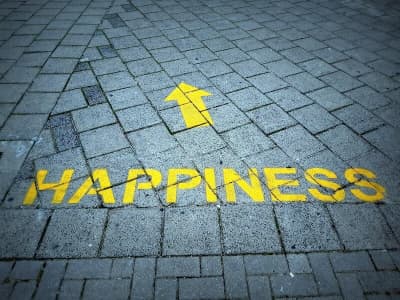This is a continuation of part 1 dated 29 January. .
I have 3 more items in my mental health toolkit, starting with:
WRITING
I have only discovered how therapeutic writing can be in the last 12 months. Particularly since the latter part of May when I started drafting my first Moodscope Blog Post.
I can get totally immersed in jotting down notes, researching topics, constructing each part of a Post and re-reading/tweaking it until I am satisfied with the final version. It is very much a building process for me, allowing me to create a piece of writing.
Even just completing a Negative Thought Sheet I find therapeutic.
NATURE
The great outdoors! I need to find space, see the world outside my normal abode and immerse myself in fauna and flora. Meeting other people is a bonus.
What I have just described fills my mind with happy pleasant thoughts. There are always interesting things to observe outside.
To see as much as possible I like taking a walk which enables me to loosen the limbs, taking exercise as I breathe the fresh air.
I can hear the babbling water in the stream, gaze at the canal’s still water broken only by passing barges or chat to the fishermen sitting along the banks.
There is so much to fill the senses and lift the spirits.
SACRED SPACE
Sometimes I need to find peace and tranquillity without venturing outside. During the good weather I tend to spend as much time as possible in our conservatory. It is freestanding on the patio near the house.
There is a hanging plaque inside that says it is reserved for me for purposes of reading, eating and sleeping. It is where I can escape and feel secure and comfortable.
I also have places in the house where I can gain the solitude I need. For example the “office” in which I am typing this Post.
CONCLUSION
I guess you may already have a MH toolkit.
If so, please let us what you keep in it and why.
If not, would it help you to have one? I make the following suggestions:
1. Do not overfill. Too many items will devalue each one and make it difficult to remember them all.
2. Select activities that you can reach quickly. They should be easily accessible and not dependent on other people.
3. In crisis times it can sometimes be difficult to select the most appropriate item.
I find that certain activities are best for particular situations. Certainly music is great at reducing anxiety and walking outside seems to help depression.
How is your DIY?
Teg
A Moodscope member.



Comments
You need to be Logged In and a Moodscope Subscriber to Comment and Read Comments